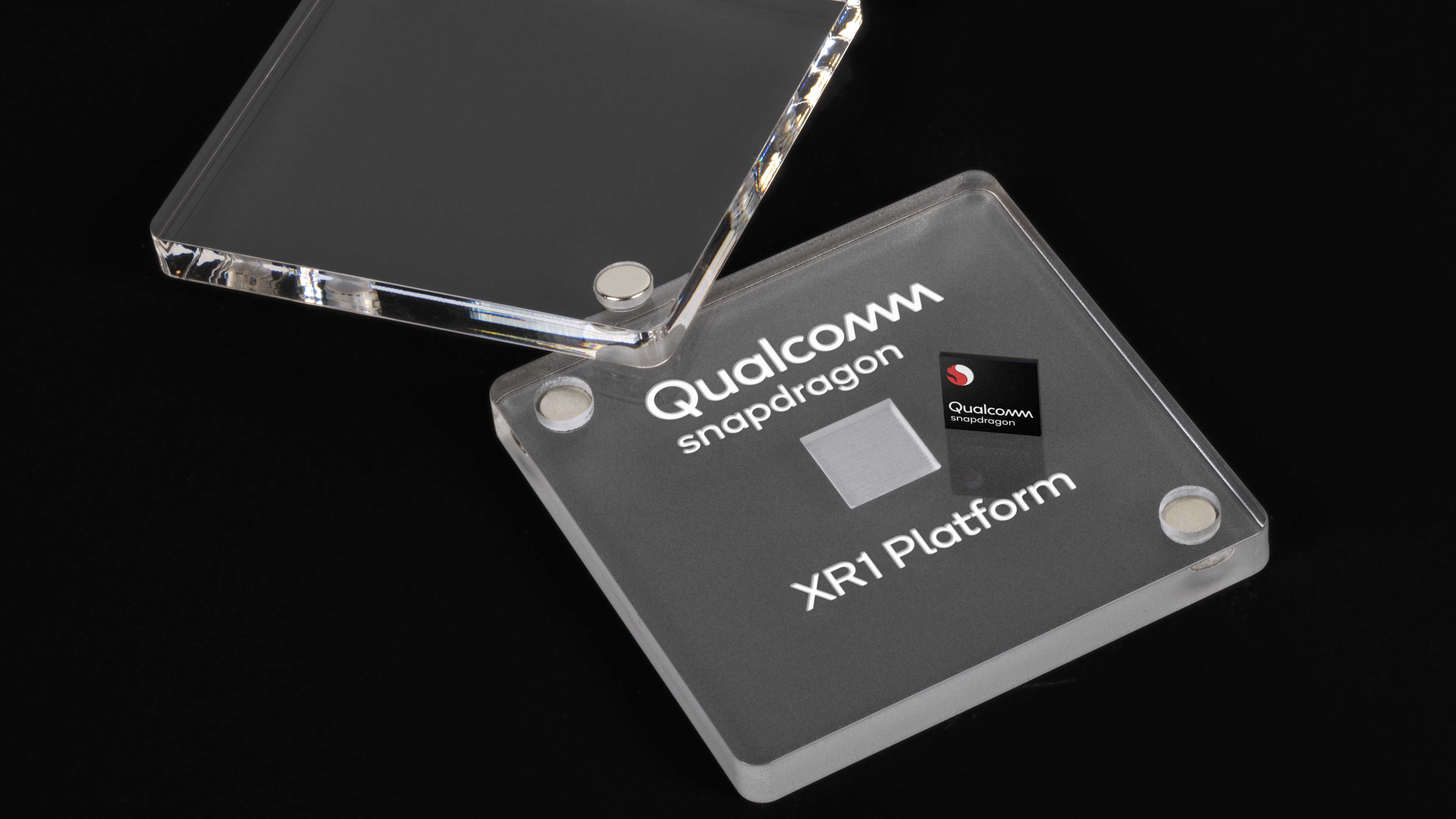INSUBCONTINENT EXCLUSIVE:
Qualcomm is going all in on what it's dubbed extended reality (XR), an umbrella term that encompasses augmented reality (AR), virtual
Qualcomm, including a heterogeneous compute architecture, an AI engine, and support for 4K video playback at up to 60 frames per second.But
To bring further immersion and higher-quality experiences, XR1 taps into a number of Qualcomm audio technologies, supports voice assistant
high- and premium-quality standalone VR and AR devices, Qualcomm says."With XR1, we expect it to be a catalyst to help drive this
high-quality tier within standalones," Hugo Swart, Senior Director, Head of XR Business Management at Qualcomm, tells
TheIndianSubcontinent.Standalone devices, by the way, are headsets that don't require a PC or smartphone to run
Recently released standalone headsets include the Oculus Go and Lenovo Mirage Solo.Qualcomm already has some manufacturers signed up to use
the XR1 platform in future headsets, namely Meta, Vuzix, Pico and HTC's Vive.AR + VR = the futureWhile XR1 will likely see implementation in
headsets that are dedicated to either VR or AR at the outset, one product category Qualcomm is looking ahead to are headsets that are
expects to see in the near term."We foresee that these will be converged," Swart says, referring to headsets that support VR and AR
or are still a long ways off."In particular, in the high-quality segment, we still expect to see a VR or AR tailored device," says Swart
"We do expect this to converge, but not in the short term."Examples of dual-use devices rumored to be in development include an Apple VR
as IFA 2018 in September, though when it goes on sale is another matter.

